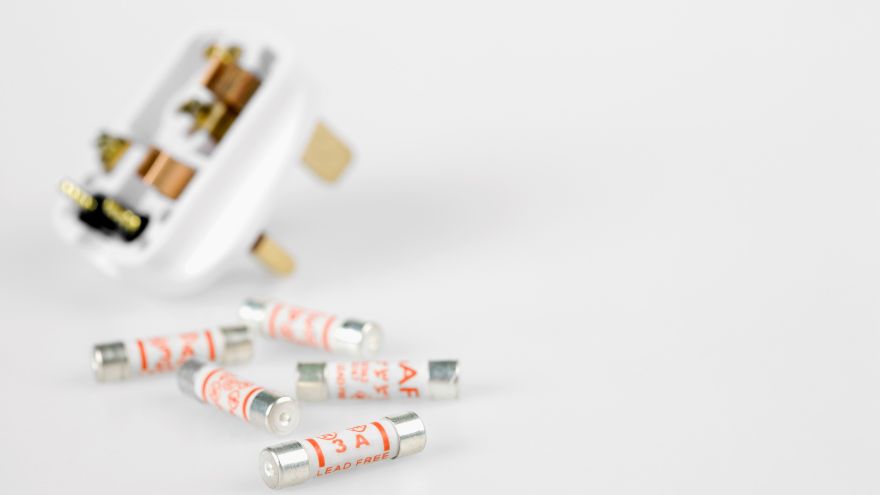A fuse used in electrical installations to protect them against overload. What is a fuse and in what variants is it available?

Check the fuses at the Onninen wholesaler
What is a fuse?
Fuses in the electrical installation have a very important task - they allow you to properly ensure safety, protecting not only the installation, but also the entire building against short circuits and overloads. When everything is working properly, the inside of the fuse allows current to flow, but when an overload occurs, a critical value is reached and the fuse melts, breaking the electrical circuit. Thanks to this, devices connected to the electrical network will not be damaged. If a fuse fails, it will need to be replaced.
A properly selected fuse protects not only the devices, but also helps prevent fires. In the context of human safety, protection against electric shock should also be mentioned.
In addition to fuses, automatic and overcurrent variants are also used.
Construction of a fuse
When looking at a fuse, in the context of its structure, one can distinguish its characteristic elements, such as the fuse base, fuse insert , carrier, caliber insert and cover.
In this type of fuses, the most important thing is the interior, which is made of fuses - copper wires - single or a system of complex wires, placed in parallel. Some variants of the devices also use silver-plated straps, which are more durable. The interior made of fusible material is located in a special ceramic casing with quartz sand.
A blown fuse is no longer suitable for reuse. In the event of a failure, you can recognize a blown fuse very quickly. Just check the indicator eyelet, which will be loose or missing at all. In a functional device, it is rigidly mounted in the fuse head. Depending on the fuse amperage, different colors of the fuse are used, e.g. red for 10 A models, gray for 16 A, blue for 20 A, yellow for 25 A. A big advantage is quick and efficient replacement in the event of a possible failure. However, remember to choose the appropriate fuse variant, because only then will the protection be effective and efficient.
Types of fuses
Onninen offers many variants of fuses. This situation made it necessary to introduce special markings allowing for a universal classification of individual variants. The marking uses lowercase and uppercase letters, denoting the ability to switch off the fuse link and its intended use (type of devices for which it can be used).
Depending on the scope of protection, fuses are distinguished:
- part-range fuse, allowing for effective protection against the effects of short circuits - a,
- full-range fuse that protects not only against short circuits, but also against the effects of overloads - g.
However, taking into account the purpose criterion, the following variants can be distinguished:
- L - is a fuse used for cables,
- M - used to protect electric motors,
- R - which is suitable for power electronic components,
- B - used to protect power equipment in mining,
- Tr - fuses for transformers,
- G - these are general purpose fuses,
- type D fuses - commonly used in residential buildings, called "plug" by many people, used in relatively low power installations,
- T, i.e. time-delay fuses ,
- HH - are medium voltage fuses with high interrupting capacity,
- NH fuses - low voltage fuses with high interrupting capacity,
- UR, i.e. the so-called ultra-fast fuse,
- F - quick fuse .
Our offer includes various variants of fuses and inserts. It is very important to choose products tailored to your specific needs to ensure that all your devices are effectively protected.